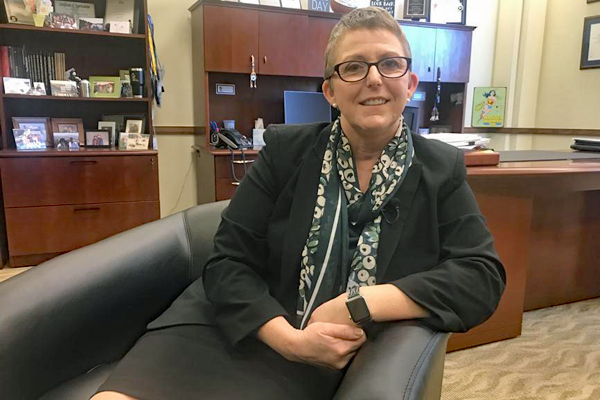
Excerpt from the Dayton Business Journal
In many regards, 2020 was a year filled with milestones for Wright State University. The university secured millions in federal research dollars, scored high marks in national rankings and began developing its first new college in more than 30 years.
Still, the last several years have been tumultuous for the Fairborn-based school. A budget crisis, declining enrollment and pending faculty cuts have put the university in a tough position: To ensure long-term viability, Wright State needs to rightsize.
There likely isn’t a one-step solution to balance the budget and reverse enrollment trends, but there are key strategies Wright State is implementing to build a sustainable foundation. More than 80% of its graduates live and work in the Dayton region, and president Sue Edwards wants that number to grow.
That means developing programming and forging partnerships that align with local employers’ needs, Edwards told me. Here’s what it looks like:
Healthcare partnerships
If there’s one thing the pandemic brought to the forefront, Edwards said, it’s the importance of Dayton’s healthcare system.
Wright State’s evolving student demographic reflects the growing demand for care professionals. Medical school applications are up 15% nationally and 18% at Wright State, and the Boonshoft School of Medicine went from 120 students to 130 last summer as more people began pursuing healthcare careers.

